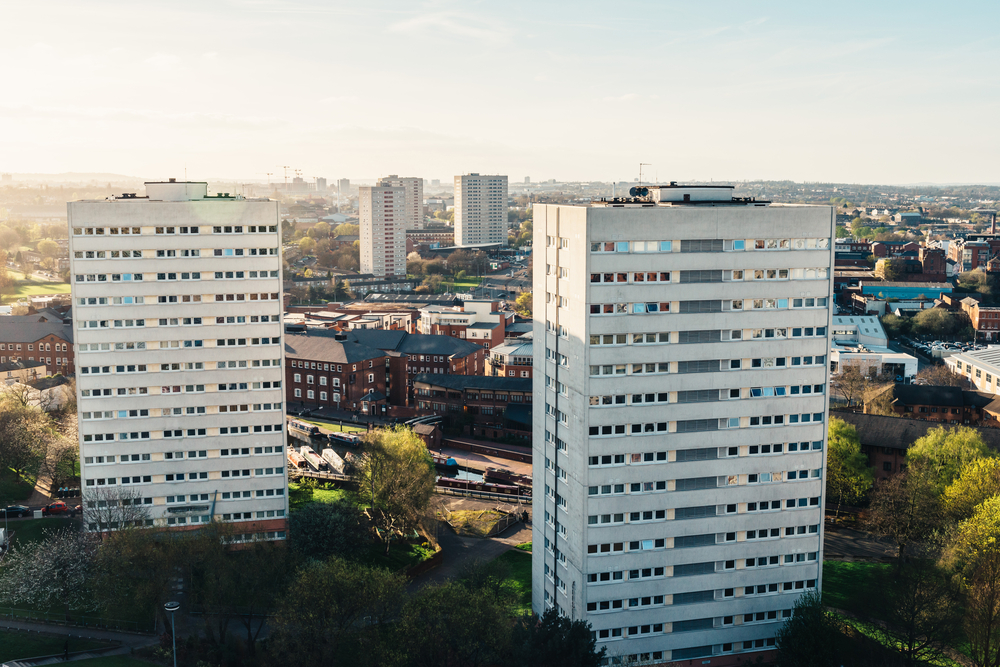Top Comments
‘EWS1 could create more mortgage prisoners than credit crunch’ – Star letter 17/07/2020

Each week Mortgage Solutions and its sister title Specialist Lending Solutions select the top comments from our readers in our Star Letter section.
Two comments were made under the article: Lenders reviewing cladding form use after ‘negative effect on mortgage market’ – housing minister
The first was from Arron Bardoe, who said: “While I appreciate the gravity and seriousness of this process, it is currently being applied with great zeal by surveyors and the definition of when a certificate is needed is widening.
“Worse still, even once a building has a certificate of compliance, it then has to renew it every five years if there are no changes or earlier if there have been changes.”
Bardoe added: “I have a client who owns a flat in London that she is seeking to remortgage from the five per cent rate with her current lender who is not offering rate switches to a more reasonable rate, together with consolidating some debts.

How to get your first-time buyer clients mortgage ready
Sponsored by Halifax Intermediaries
“The City of London as the freeholder of the building has confirmed there is no cladding only a curtain wall that is not of combustible material.
“However, the lender’s surveyor will only accept this if the report is from someone with one of the designated qualifications, as they do not trust a director of the housing department of a local authority.”
Unclear process
Bardoe continued: “We checked the RICS website, which helpfully says: ‘Not every building in scope above 18m will require an EWS1 form – only those with some form of combustible cladding or combustible material on balconies.’ Great, we thought.
“However, this is contradicted later with: ‘The process results in a signed EWS1 form per building, with two options and outcomes. A – confirms that there are no combustible materials and B recommends that remedial works are carried out.
“If I understand Point A correctly, a building with no combustible materials needs an EWS1 to confirm it does not need one, which is not required as it does not have any?”
Overuse of rules
“The overzealous application of EWS1 rules has left many leaseholders with unmortgageable and unsaleable properties.
“Even where a certificate is required, the rules have been implemented at speed and with some freeholders struggling to obtain an available surveyor,” he added.
“Thereon, if works are required, these cannot be completed in days, but they immediately put every leaseholder in to limbo for remortgaging or selling their homes.
“It should be noted that desperate leaseholders are unable to commission the EWS1 themselves,” Bardoe said.
Creating more mortgage prisoners
Bardoe said: “What does not yet seem to have been realised is that the guidance applies to buildings of all heights that are multi-residential buildings, so even houses converted to two flats seem to fall under the new rules.
“As the enthusiasm for this new money-making venture continues, we could well see 20-30 per cent of UK housing stock requiring five yearly licensing and many of those to confirm they have no combustible materials, as lenders’ surveyors will not trust old certificates.”
“The EWS1 could lead to a larger number of mortgage prisoners than due to the credit crunch, so lenders, RICS and the government need to act now. If the current trend is not curbed, lenders could find they cannot agree new loans to up to 30 per cent of the UK market,” he added.
Holding developers accountable
Very deceptive also commented on the article with concerns around who the responsibility of paying for the certificate fell on.
They said: “The management company of the new buildings should list the materials and products with the relevant manufacturers for the building with the applicable certificates in the same way they hold building regulation certificates, build guarantees and certificates of insurance.
“If 300 buildings have the same cladding, why on earth would we demand each building’s tenants pays thousands of pounds to prove the fire safety of the same cladding? Instead the management company could hold the records to produce when needed.”
“New buildings could work to the new process, to prevent the system at present of a building passing all of the building regulations, only for surveyors to question the fire safety of the same structure in future years.
“This method would see the big company manufacturers prove their quality, as they should, absorbing any costs. No tenant should be paying years after the event for the suitability or quality of a building material.
“As with everything else, it should be manufacturers not the purchasers who should prove the fire quality,” they added.

